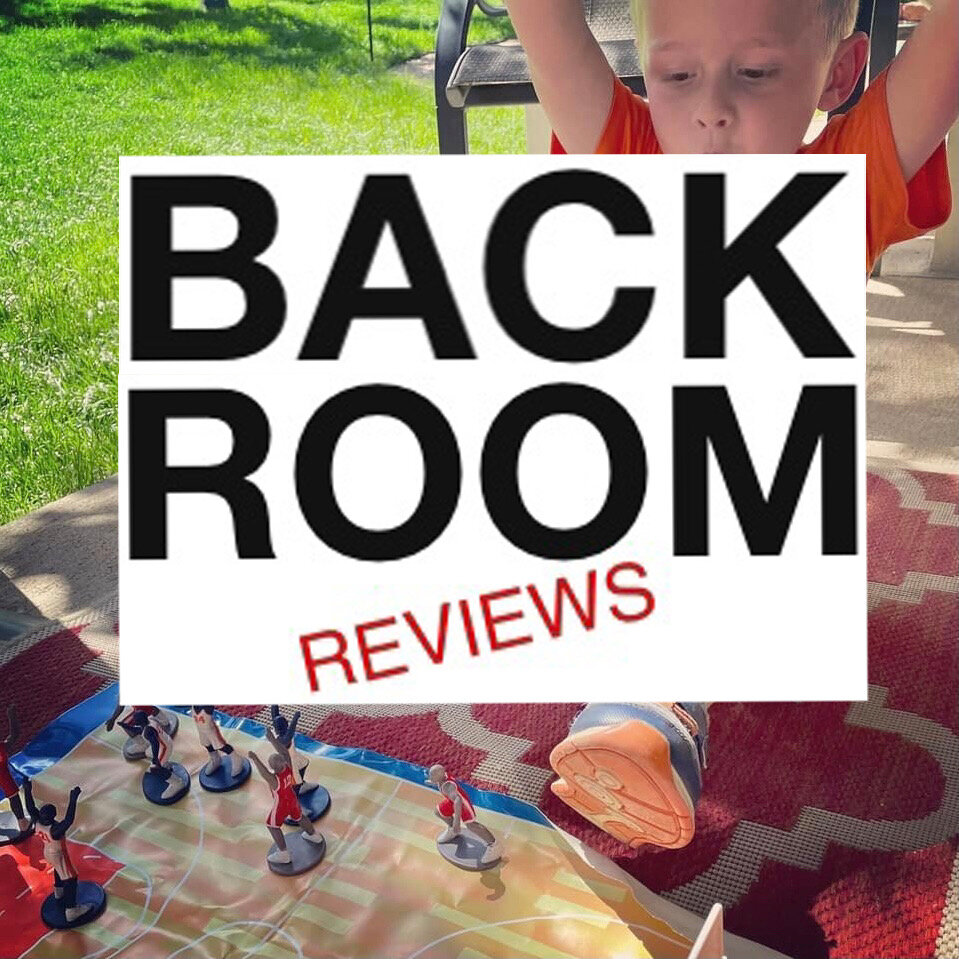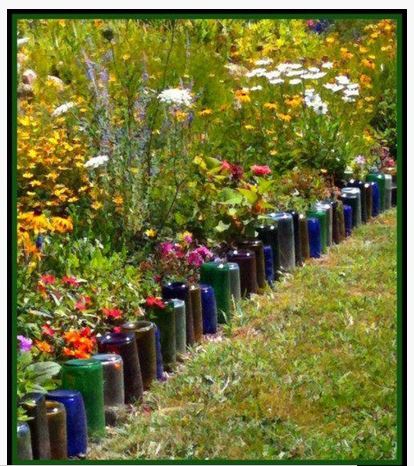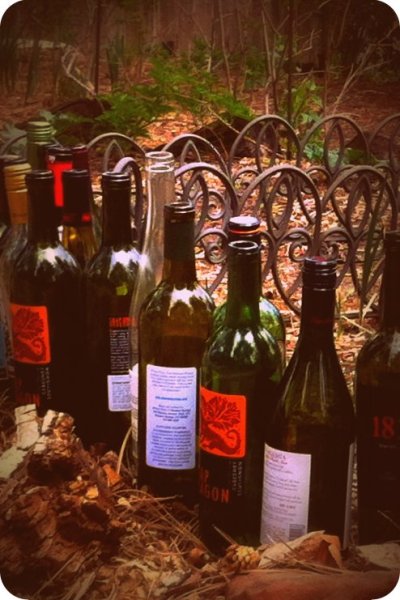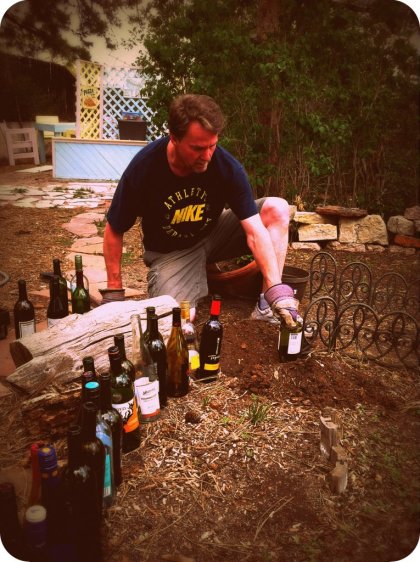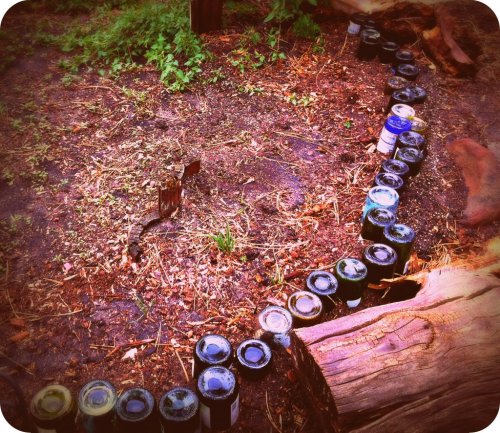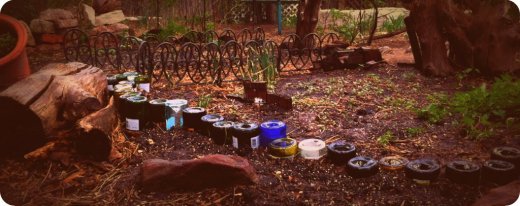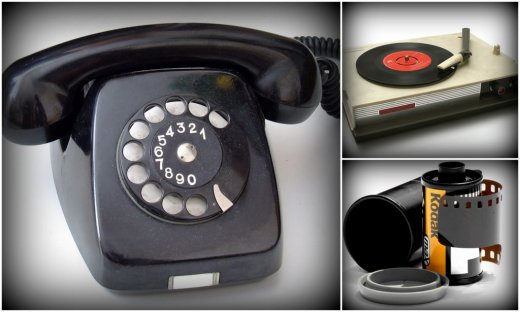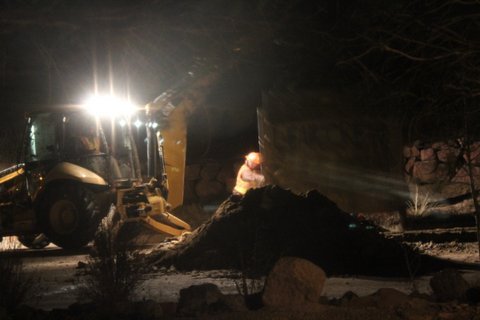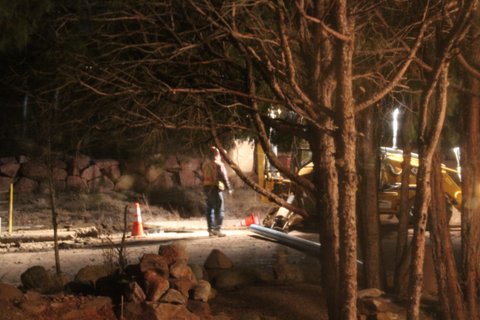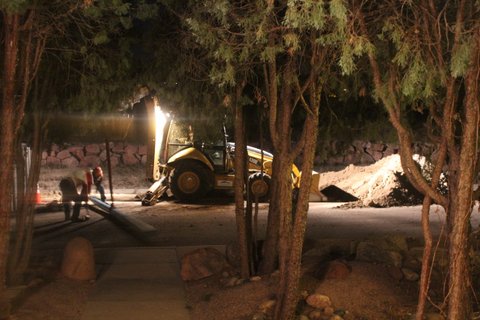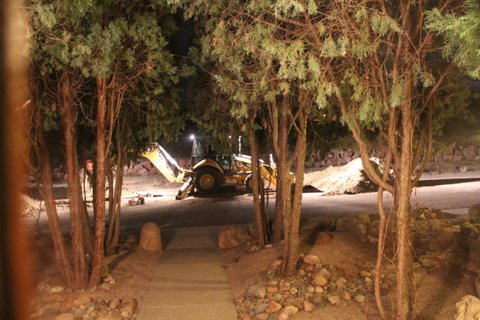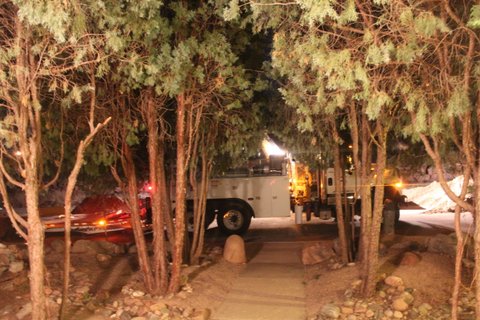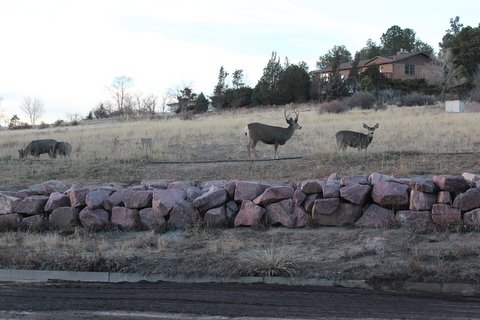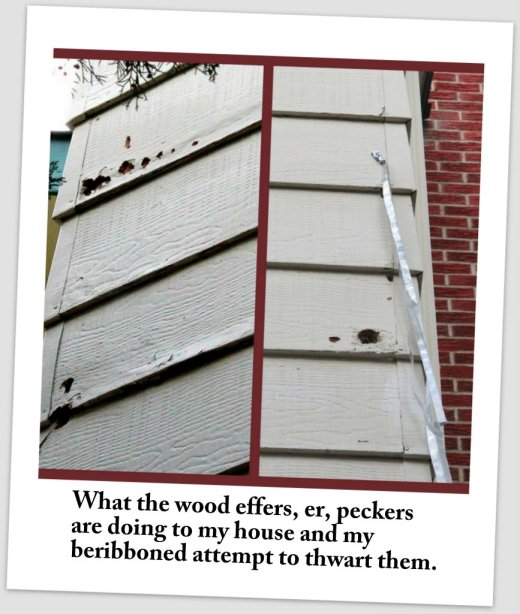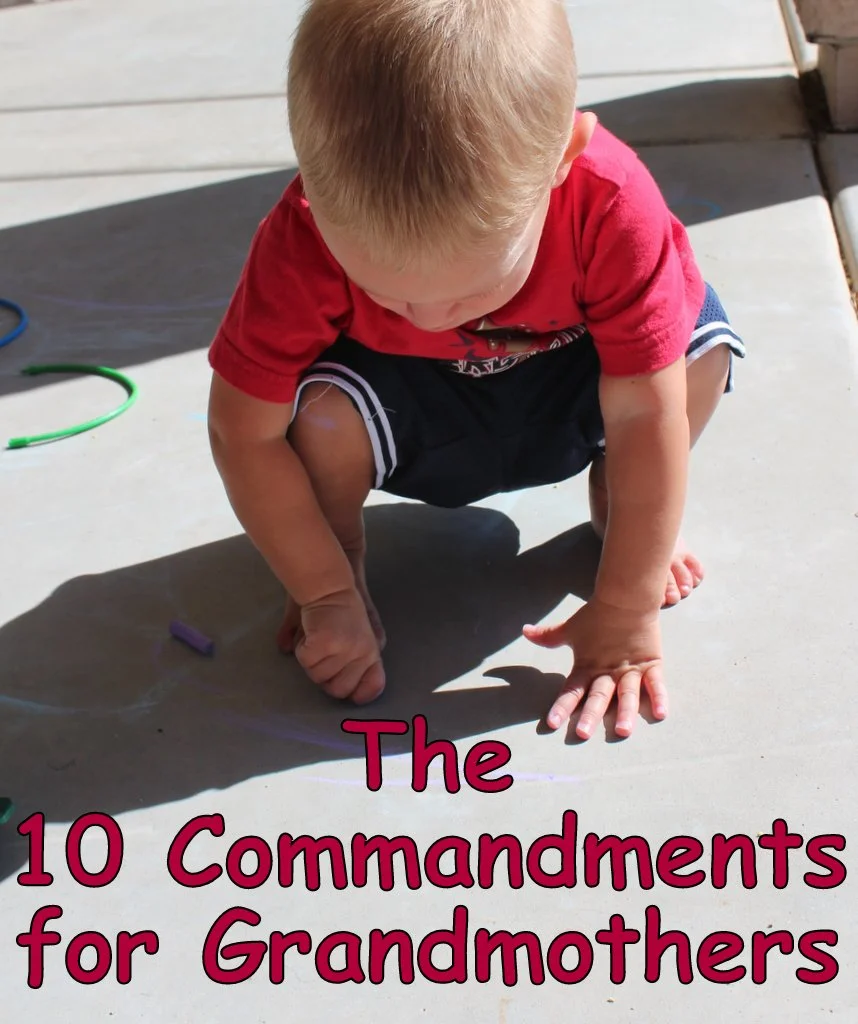Take a look around the library or a bookstore and you'll see there's no shortage of books based on the theme of “How Things Work.” Such books, most often written for elementary age kids, explain — and sometimes show with brilliant illustrations — how science, the body, our government, and everyday gizmos and gadgets of a dazzling array work.
Those types of books are always fun to peruse with grandchildren. While they learn how things work, we grandparents get to see how our grandchildren's minds and imaginations work.
Even more fun, though, is showing grandkids how things really work. More accurately, showing them how things really used to work, things that you — and possibly your children, parents of the grandchildren — once upon a time used on a regular basis.
In fact, grandparents may have what may seem to some an outdated home, yet to a grandchild, Grandma and Grandpa's house could serve as the ultimate museum on just how things used to work.
Take telephones. Some of us still have rotary phones. I do. I don’t use it, as I’ve gone high-tech with an iPhone and no longer even have land-line service. I do, though, still have that old rotary phone around, a style of phone my oldest grandson has likely never seen and surely has never used.
Next time my grandsons visit my house, I'm going to pull out that old rotary phone and show them both how telephoning friends and loved ones used to work.
Consider music, too. My oldest grandson is used to accessing Mom's and Dad’s smartphones, iPads, iPods, computers and even the television music channels for listening to music. Some days my daughter does go old school with my grandsons and plays — gasp! — CDs. But records? I'm pretty sure my grandsons have never seen a record, never heard a record.
Well, I have records. Albums and 45s. And I have a record player. I even have records that I used to play on that very same record player for my daughters to dance to, sing to at the top of their lungs. Next time my grandsons visit my house, I plan to play a few records for us all to sing and dance around to together, the way enjoying music used to work.
Maybe we'll even bust out the cassette player and cassettes for a real party atmosphere! Yes, we still have them.
Cameras are another biggie, another gadget most of us have on hand — and not just on our smartphones. One of my hobbies is taking photos, and I’ve taken literally thousands of photos of my grandsons in the four-plus years I’ve been a grandma. All have been taken with a digital camera. I do, though, still have a camera that requires film, results in photos and negatives.
I can just imagine how intrigued my grandsons will be when I buy a roll of film — they do still sell it, don’t they? — and load it into my old camera, then click-and-advance to show them how photos were taken in the old days. (Of course, the oohing and aahing will have to wait until I get those photos developed. They do still have one-hour photo centers, don't they?)
Now if only I still had that 110 Instamatic from my early years of photo taking, just after shelving the Polaroid camera. Even my daughters might be impressed with my old 110 camera and its film cartridges, my weapon of choice when my girls were wee babes.
The ideas for sharing with a grandchild how things used to work are endless once you consider the changes in just the past few decades to all things electronic.
Think televisions. Turning a dial to change channels? How bizarre that might seem to a child used to using a remote.
Or typewriters versus computer keyboards … and iPads.
What about transistor radios versus Pandora on iPhones or iPads?
And the one we all lovingly remember, possibly still have: crank-style ice-cream makers. The ones you (or your own mom or dad) had to pack with salt then all the kids took turns cranking and cranking until the creamy goodness was ready.
Pretty amazing gadgets we grandparents once used, if you think about it. More impressive are the Jetson-like advances in just our short — yes, short — lifetimes. Imagine the jaw-dropping advances our grandkids will see in their hopefully long lifetimes.
So take a look around your home. One need not be a hoarder to have all the equipment on hand for entertaining — and educating — a grandchild for hours.
And when you run out of ideas, simply consult your encyclopedia. Not the one you access online, but the one on your bookshelf. You do still have one, right? I thought so, for we grandparents know printed encyclopedias are the way accumulating knowledge used to work.
Every once in a while those old encyclopedia volumes still work, at least when it comes to entertaining a grandchild with our antique accumulations. Plus, they work in grand ways for pressing leaves and flowers inside the pages, too — something newfangled online reference sites will never be able to do.
photos: stock.xchng
Today's question:
What are some of the outdated gizmos and gadgets you still own? (And, no, your spouse doesn't count!)





